NFTs: The Good, The Bad, & The Goofy
There are valid criticisms of NFTs... but there are some solidly good (and fun) uses of the technology.
Non-Fungible Tokens. NFTs. It’s one of those topics that many people have pretty strong opinions about. To say the least.
Depending on who you talk to, it’s either the future… or the worst thing ever. A hero, or a villain. Responses to the mere mention of NFTs tends to be polarized and emotional.
After spending some time tinkering with NFTs — from the standpoint of a nerd who simply wants to tinker with new tech, with no strong predetermined viewpoint or agenda — I’ve developed an opinion myself. It is as follows:
NFTs are a fairly interesting concept and technology that has some distinct benefits and limitations. And, like all such technology, it can be used for a wide variety of purposes and results. Some good. Some less good. Some… downright silly.
Let’s walk through some of the key points.
Right Click, Save As
One important aspect, when discussing NFTs, is to fully understand the design limitations… and they way that many misunderstand them.
One of the more common usages for NFTs has been to buy, sell, and trade pictures of various kinds.
The joke that people can simply “Right Click, Save As” those pictures, to their computer, is an obvious one. Heck, I’ve made that joke a few times, myself. But, as it turns out, it betrays a simple misunderstanding of how NFTs function.
To illustrate that point, let’s think about the Mona Lisa.
That, right there is a JPG of the Mona Lisa, painted by Leonardo da Vinci, and currently owned by the French government.
You can right click on that picture, and save it to your computer. Print it out on your printer. Post it to Twitter. Open up MS Paint and draw a mustache on her.
But… do you own it? Do you own the Mona Lisa?
No. The government of France still owns that painting. They have the original. It’s at the Louvre. All you have is a copy.
This is how art has always worked. You can take a picture of a work of art. Make a copy. But you don’t own the original.
Think of NFTs like a certificate of authenticity. A bill of sale. Proof that you own the original work of art, itself… even if someone else does a “Right Click / Save As” and posts it on Twitter.
10 Thousand Programmatically Generated Monkeys
Which brings us to the trend of “thousands of images, generated from scripts, and sold as NFTs”.
There’s a lot of such collections out there. One of the most noteworthy being the “Bored Ape Yacht Club” which is, quite literally, 10,000 JPGs… semi-randomly generated from a set of core graphic assets.
Since its creation, the Bored Ape Yacht Club has racked up over 325,000 ETH in transactions (sales, and re-sales). In US Dollars that’s roughly 1,072,500,000.
You read that right. That’s over One Billion Dollars in transactions.
One Ape picture in particular sold for $540,000 in ETH.
Right about now, you might be asking yourself “How in the heck are a bunch of monkey pictures, generated in part with a script, worth a half million dollars… let alone a bunch of them worth a billion?!?!”
That’s a fair question. To you, or me, they may not be.
But, like all art, the value is determined entirely by what people are willing to pay for them.
How much is the Mona Lisa worth? In the 1960s it was determined to be worth $100 Million. Is it worth that much? Well. If someone is willing to spend that much on it… then it is. That’s how art value works.
Consider this painting:
That is “No. 5, 1948” by Jackson Pollock. Care to wager how much that painting — which, objectively speaking, is simply a semi-random spraying of paint — worth?
The last time it sold… it went for $140 Million bucks.
Is “semi-random spraying of paint” all that much different than “semi-random generation of monkey pictures”? I would argue that a case could be made… that those monkey pictures have more artistic value than the Jackson Pollock painting. Not only were the individual components of each monkey face designed… but a piece of software was written to produce it. To my eye, there’s more artistry involved there.
And, just like with the Mona Lisa, you can “Right Click / Save As” on that one too.
Supporting Artists
When thinking about it from this point of view… NFTs become a fascinating way for artists to generate revenue in the modern age.
An artist can produce a work of art — a painting, a photograph, a poem, or even a semi-random monkey — and put it up for sale on an NFT marketplace.
The buyer now owns that work of art. They have, in essence, an irrevocable certificate of authenticity and bill of sale. They can then hold on to that NFT of the work of art forever… or they can re-sell it.
Just like with any other work of art.
The invention of NFTs make an easy to implement and use way to mimic how buying and selling of art works in the real world… except in a digital space. Which, in turns, makes the selling of art far more accessible to a wider range of artists — whether they have a name for themselves or not.
This also provides an opportunity for fans of an artist to not only help support the artist directly… but invest in their work. In a way that is far more accessible than traditional, psychical art investing.
Take Doug TenNapel, as an example:
TenNapel is known to many of us as the creator of the Earthworm Jim video game and also of The Neverhood (along with being an artist with some pretty interesting items on his resume). And he has taken to selling his artwork as NFTs. In a very big way.
The Earthworm Jim creator has made a bit of a splash in the NFT world by creating “Doug TenNapel's Eternal Klay” — an art collection of 10,000 pieces of wildly varying styles. That collection, to date, has resulted in 318 ETH worth of transactions (that includes sales and re-sales by collectors). That’s a little over $1 Million dollars worth of ETH.
His fans not only got to directly support the work of one of their favorite artists… but they got to invest (and, in some cases, earn a profit from) the artwork they enjoy.
Selling stuff — of varying types (swag, exclusive content, etc.) — as a way of supporting content creation (be it original artwork, podcasts, YouTube videos, etc.) is nothing new. NFTs simply provide a different mechanism for doing exactly that… only with the added benefits of how traditional, realworld art sales can function.
Environmental Impact?
One of the common complaints about NFTs is the potential environmental impact. Specifically in energy needs.
NFTs are, after all, blockchain (Proof of Work) based… the energy demands are not negligible. For anyone concerned with energy production and consumption, this is a valid complaint.
On the up-side, there have been significant moves towards finding ways to scale the Etherium blockchain while using lower amounts of energy. Specifically Polygon, which many NFT collections are starting to use (and is recommended by OpenSea, the largest NFT market).
In fact, the improvements have been pretty darn significant when using Polygon compared to others.
That certainly doesn’t mean the energy consumption of NFT transactions on Polygon are nonexistent… but it’s improving. And, if we’re ok with the likes of Bitcoin (or other cryptocurrency), NFT certainly ain’t so bad.
Games. Wait… games?!
NFTs used for selling artwork? After a fair bit of investigation, and a little hands-on experience, I’m on board with that. Even when it’s silly stuff like ten thousand random monkeys.
But what about other uses of NFTs? What about… games?
Honestly? That I’m not so sure about.
There are a number of examples of game related projects that are heavily using NFTs in varying capacities. PX Quest, Wolf Game, NFT Worlds, and a whole heaping helping of other ones.
I’m a pretty old-school guy when it comes to video games. I’m not a fan of games requiring an Internet connection. Or activation / DRM. Or in-game purchases.
While I can appreciate that using NFTs in order to sell in-game items (equipment, world maps, etc.) makes for an interesting (and potentially viable) technology for handling such things… I’m not a huge fan of in-game purchases just the same.
As such, I am reserving judgement on the usage of NFTs used with games. At least until I see an implementation that makes me excited for what it might enable.
I think I’ll keep using NFTs…
I’ve started two NFT art collections. Tux on Tour and The Lunduke Journal Collection. No 10,000 randomly generated monkeys… just one-off items that made me smile… and that I thought might make other nerds smile too.
And I’ve purchased a small number of NFTs from artists who produce interesting works. Not anything huge, just ways of showing support for artists who I would like to support anyway.
I think I’ll keep dabbling in NFT space for a while.
Sure. Some uses of NFTs are downright silly. And others I just plain don’t understand the allure of.
But for supporting creators, and investing in works of digital art? For those uses, it absolutely makes sense to me. And those are things I like.
Besides. Even if something is truly silly (like 10k Monkey JPGs)… is silly really such a bad thing? We could all use a bit more silly in our lives.
Current subscriber exclusives for The Lunduke Journal:
Full pass to LundukeFest.
eBooks: Lunduke's Dad Jokes About Computers, vol. 1, Linux for Hank (kids book), Half a Decade of Linux-y Shenanigans, Lunduke Journal Quarterly - Volume 1, Paper Doll Tux, Road-Sign Hank & the Aliens (comic book), Operating System Not Found (choose your own adventure)
Games: Linux Tycoon (Linux, Windows, DOS), 2299 (Linux, Windows)
+ Exclusive Podcasts, Articles, & 24x7 Telnet BBS Access




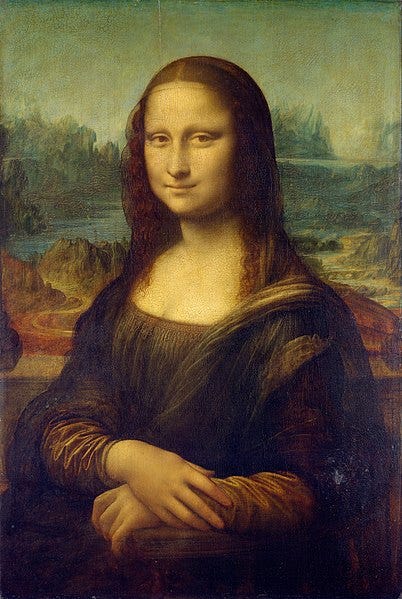
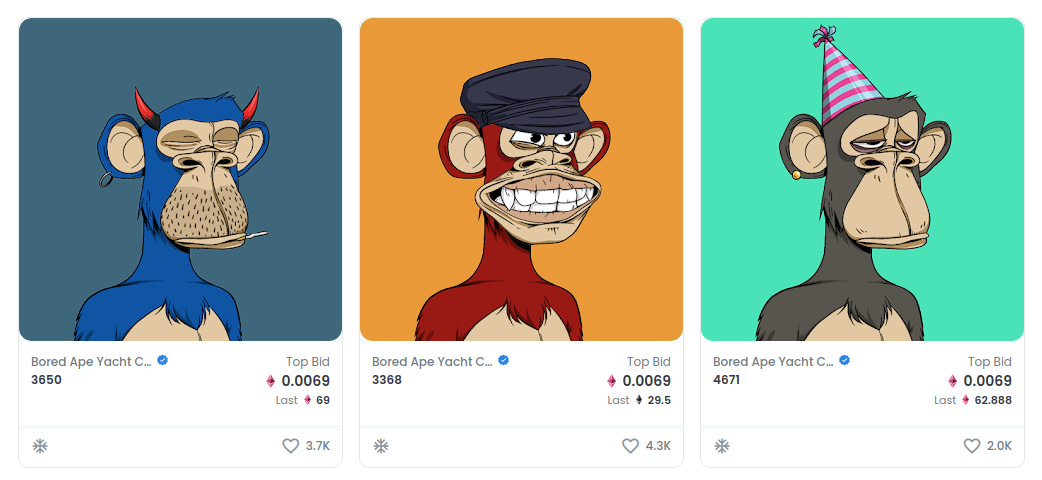
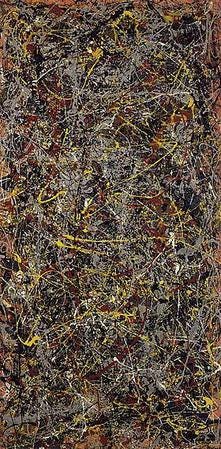
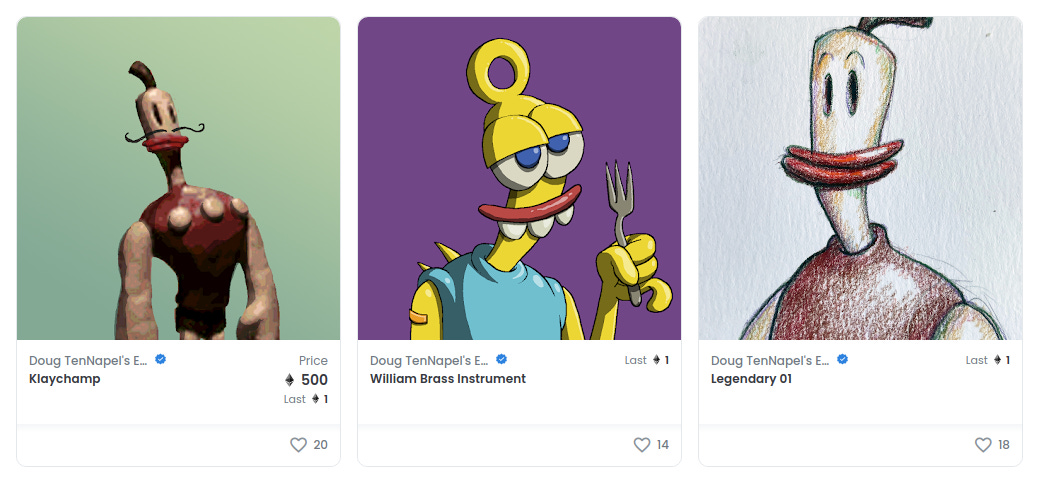
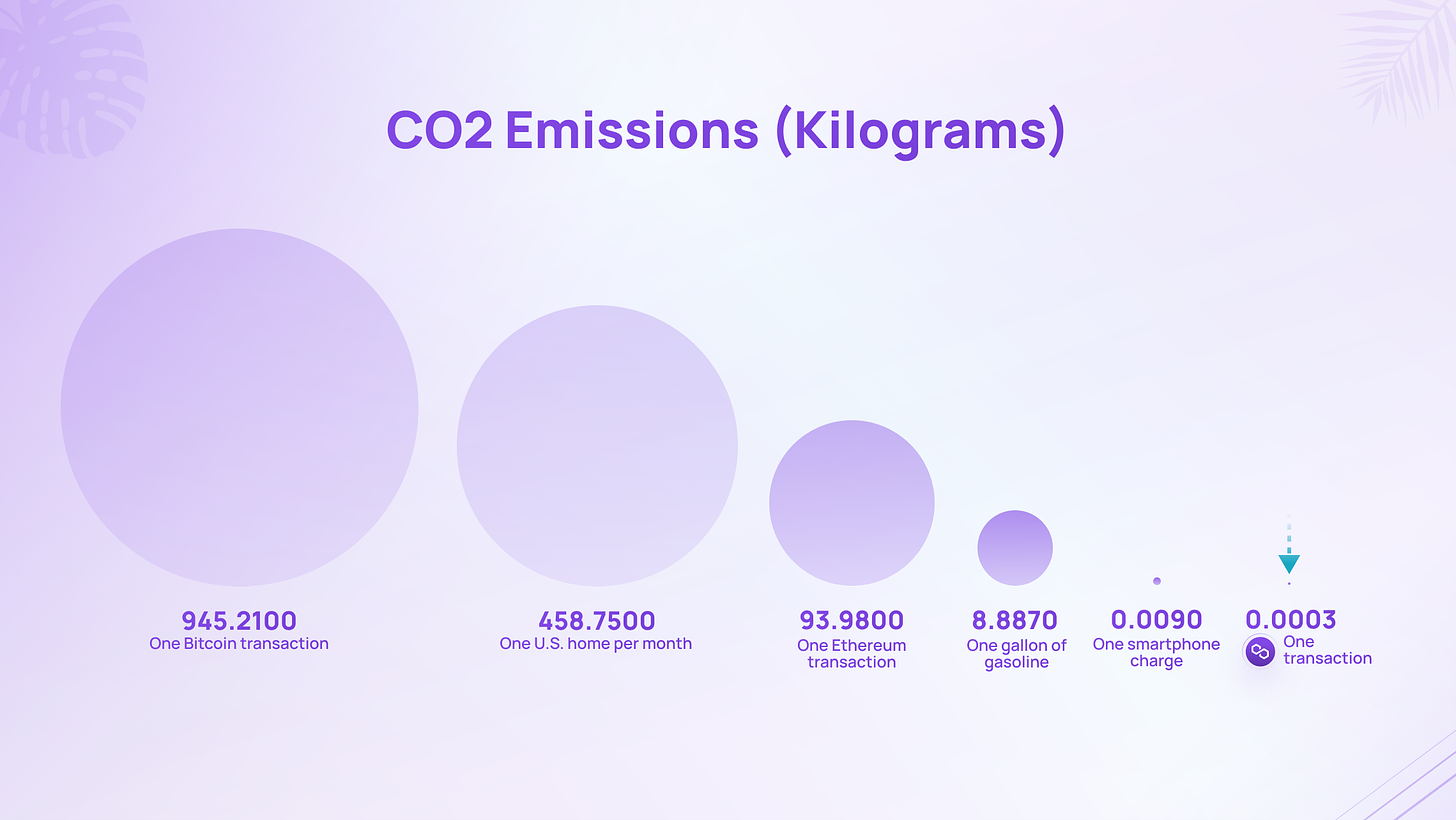
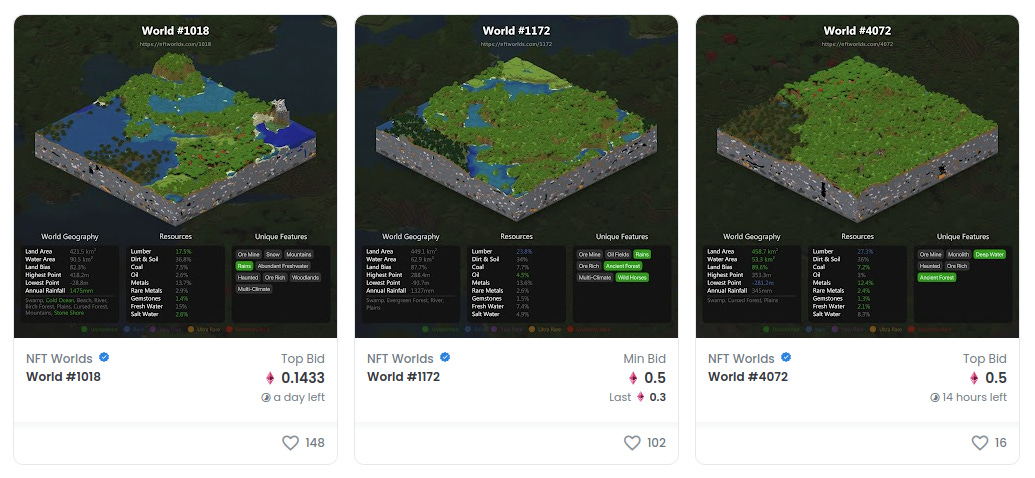
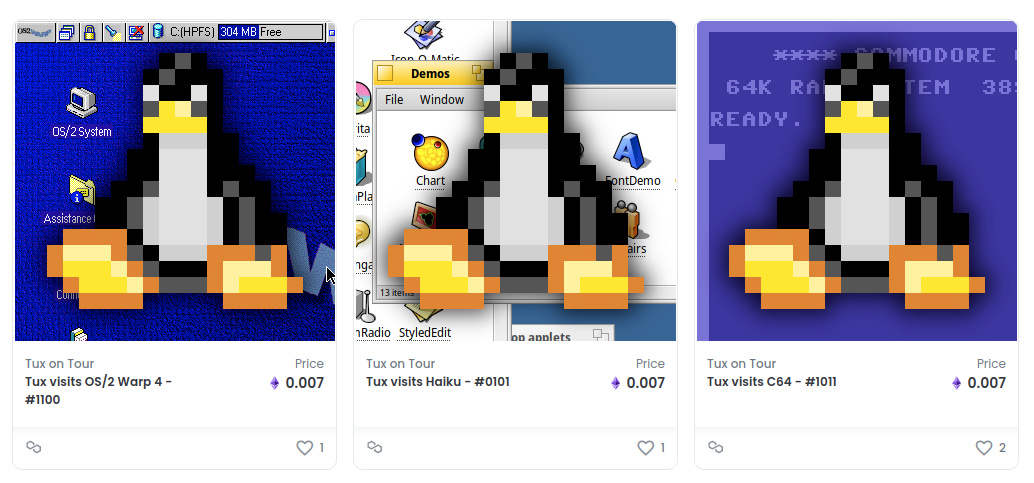
Speaking of "certificates of authenticity"... How about using NFTs as access control for SSH?
Call me old fashioned, grumpy or whatever you like, buuuut…
I still prefer to support artists by paying normal money, on a normal website (like Bandcamp) and get the goods I paid for in a normal, DRM-free format (say FLACs) and a good ole email-receipt confirming that I indeed made that purchase.
Not as fancy or full of “fungible” tech, but it works and contains a whole lot less indirection, and gets you what you paid for faster.
And then you can have fun with your new purchase faster too. 😉